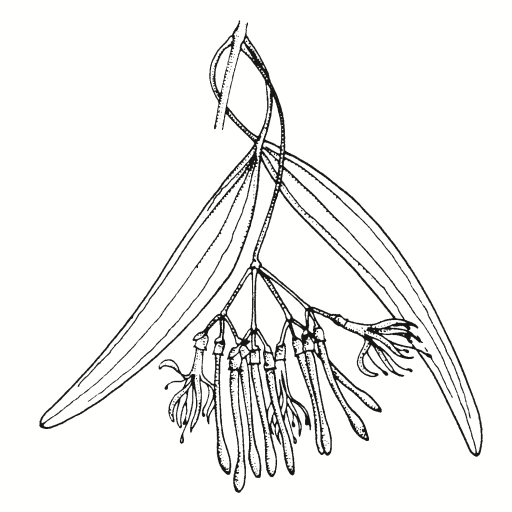Deeper Read – The Understorey
Understorey broadly consists of all the plant or vegetation layers under the overstorey or tree layer. When discussing understorey on farms we generally mean shrubs which can be grown and established relatively easily. However, the understorey also includes the ground layer, consisting of grasses, lilies, groundcovers, orchids and a myriad of other plants that make up the natural system. The ground layer is very difficult to recreate. If it has not been lost, we can retain it by fencing to manage grazing, removing invasive weeds or non-local plants, and minimising soil disturbance.
Importance of the Understorey
- understorey is the layer of greatest biodiversity;
- understorey is vital habitat for native wildlife, for feeding, sheltering, nesting and breeding;
- seeds and propagules lie within the understorey – the source of future vegetation;
- the stability of soils, catchments and natural systems depends on the health of the understorey;
- many understorey plants improve soil fertility by ‘fixing’ nitrogen (eg. wattles and native pea- flowers);
- water quality is determined at the understorey layer; and
- the condition of the understorey determines the regeneration of trees.
Threats to the Understorey
Most rare or endangered plants are part of the understorey. Understorey plants are particularly vulnerable because:
- they are low-growing, and accessible to grazing animals including livestock, rabbits and hares;
- many understorey plants are relatively short- lived, hence requiring continual replacement by soil-stored seed or from suckers. In grazed areas regenerating seedlings are generally eaten, so fail to establish;
- many understorey plants such as nitrogen-fixing wattles and native pea-flowers are nutritious and highly palatable, and hence are selectively grazed;
- many understorey plants are vulnerable to being ‘crowded out’ by vigorous exotic plants such as Phalaris and Paspalum, which rob low-growing understorey of light, moisture and nutrients, hence suppressing growth and regeneration; and
- many understorey plants prefer low nutrient soils, and are hence disadvantaged by fertiliser and drainage changes.
The Understorey on Farms Today
Today, much of the shrub understorey has disappeared, due to the above factors. Often the only understorey remaining are prickly plants such as Kangaroo Thorn (Acacia paradoxa) and Bursaria (Bursaria species). In areas with only older trees remaining, these shrubs are vital havens for small birds, in particular, that seek refuge from cats, foxes and larger more aggressive birds.
Bringing Back the Understorey
Suggestions for bringing back the understorey will vary with your site. Refer to the applicable Local Native Vegetation Profile when choosing species for your area.
Relatively ‘natural’ areas (few weeds)
Fence the area to manage grazing and remove invasive non-local or exotic plants. If the understorey does not reappear within a few years from soil-stored seed, replant it from stock grown from seed as close as possible to the site.
Windbreaks and Corridors
Plant at least 50 per cent understorey with your trees. Planting 80 per cent understorey will have additional benefits, including providing a ‘nurse crop’ for slower growing trees, encouraging the return of native wildlife, and improving soil fertility. In sites dominated by exotic or weedy pastures, conditions will probably be unsuitable to re-establish low growing plants under 1 m high — the more robust wattles may be your only option until the weed layer is reduced.

